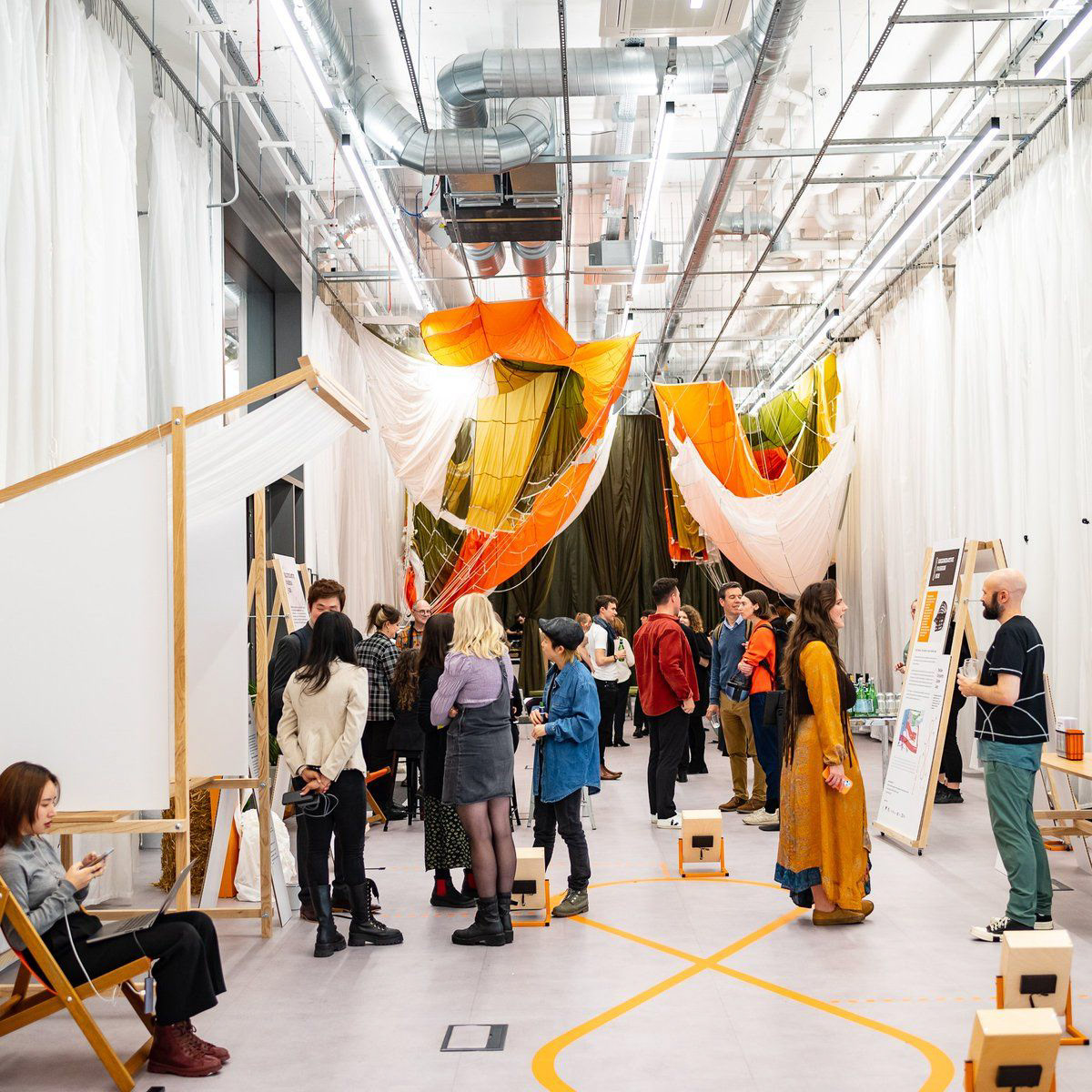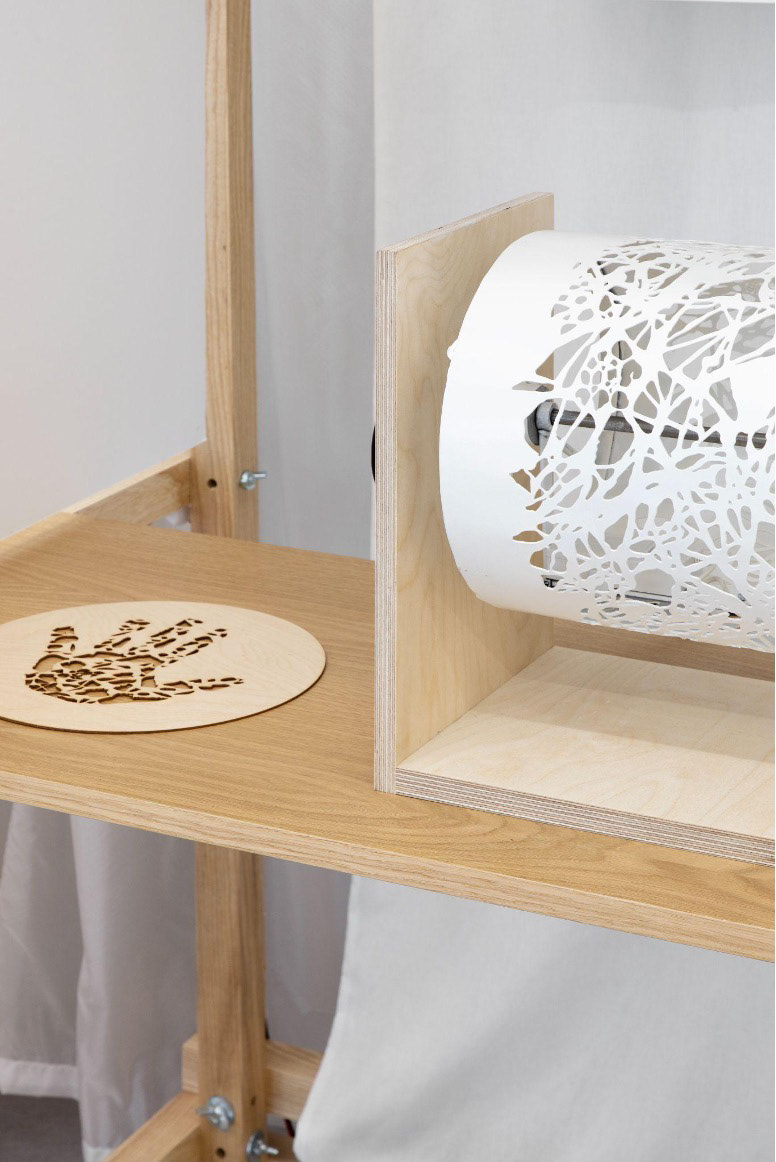Design Group: Cainy Yiru Yan, Devanshi Rungta, Laura Selby, Xiny Ren
Textiles Circularity Centre x Royal College of Art IED x Materials Science Research Centre
Special Thanks: Dr Danielle Barrios-O'Neill
Learning by Action
Introduction
The role of visualization and materialization tools in science communication, particularly for engaging the public with sustainability-focused scientific processes. In this project, we collaborated with the Textiles Circularity Centre (TCC), where we visualized complex biological textile recycling processes for a public audience. The project emphasizes participatory and transdisciplinary design education and aims to enhance public understanding and interest in sustainable fashion practices. The project advocates for integrating these methods in education to communicate complex scientific concepts, particularly in sustainability contexts, effectively.

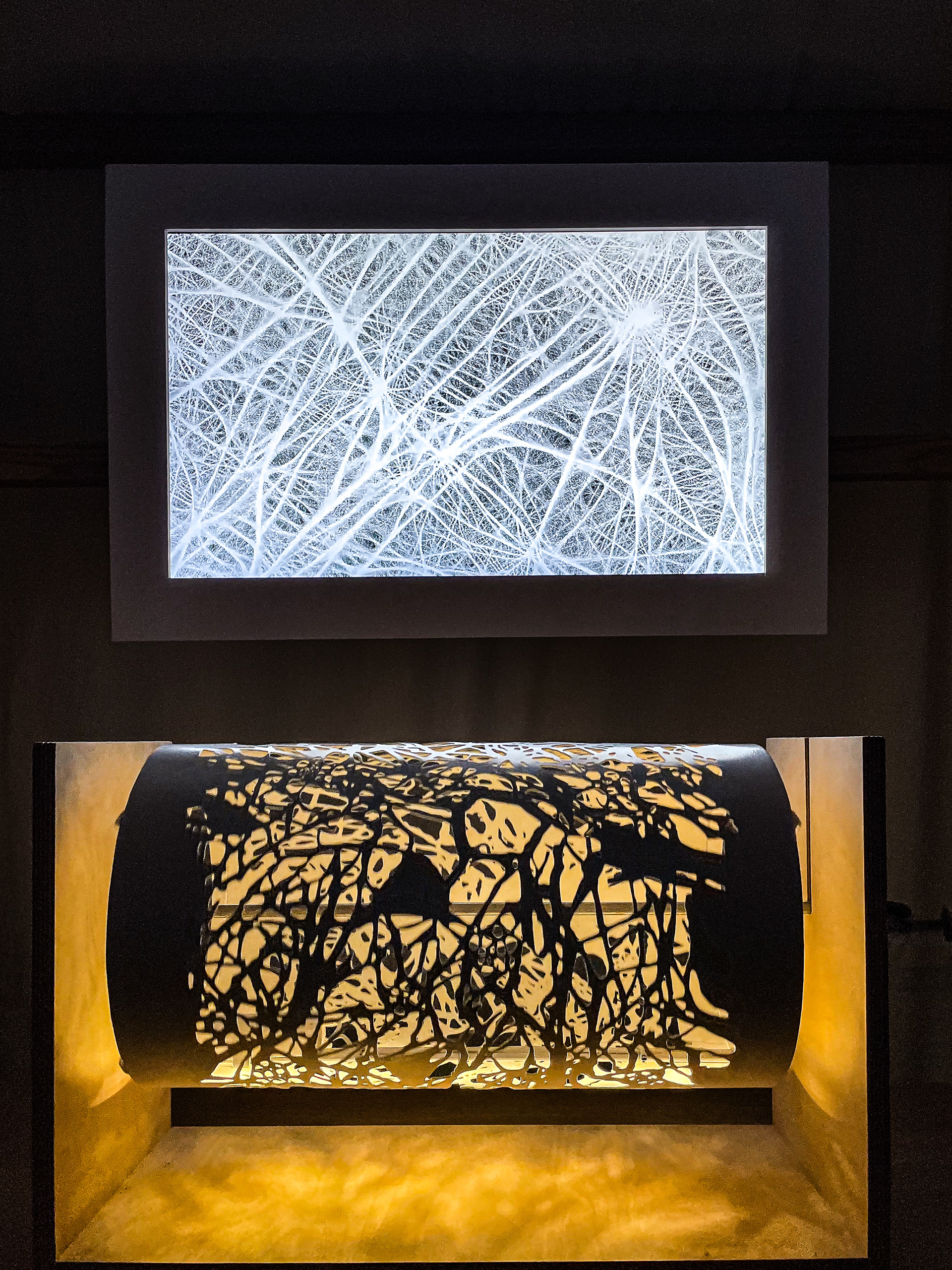

Our study adopts a hybrid approach, blending design-led and science-led methods. While ensuring correspondence with scientific accuracy, it also emphasizes the emotional and intellectual experience of the audience. The project's objective was to develop innovative methods facilitating participation and immersion in the biological recycling of waste into materials within the context of interdisciplinary material research. The project explored both analogue and digital design techniques to translate and visualize circular material processes. This approach is aimed at effective design-science communication, suitable for industry professionals and the general public.
Ideation
The design team aimed to create an accessible and emotionally engaging experience based on experimental design methodologies. We focused on learning through playful interaction, the interplay between scales, and audience participation in recycling. The team used iterative processes, breaking down scientific information and exploring new visualizations, but decided to highlight only significant elements of the process for clarity.
Experimentation
Our design team, with specializations in installation, digital interaction, and sound design, is engaged in individual and collaborative experimentation. We used brainstorming, feedback exchange, and integration of components for a cohesive installation. The sound designer recorded fermentation sounds, while I, as the visual designer, used AI to imagine the visuals in the microstate and used machine learning to simulate bacterial cellulose growth, creating an immersive narrative.
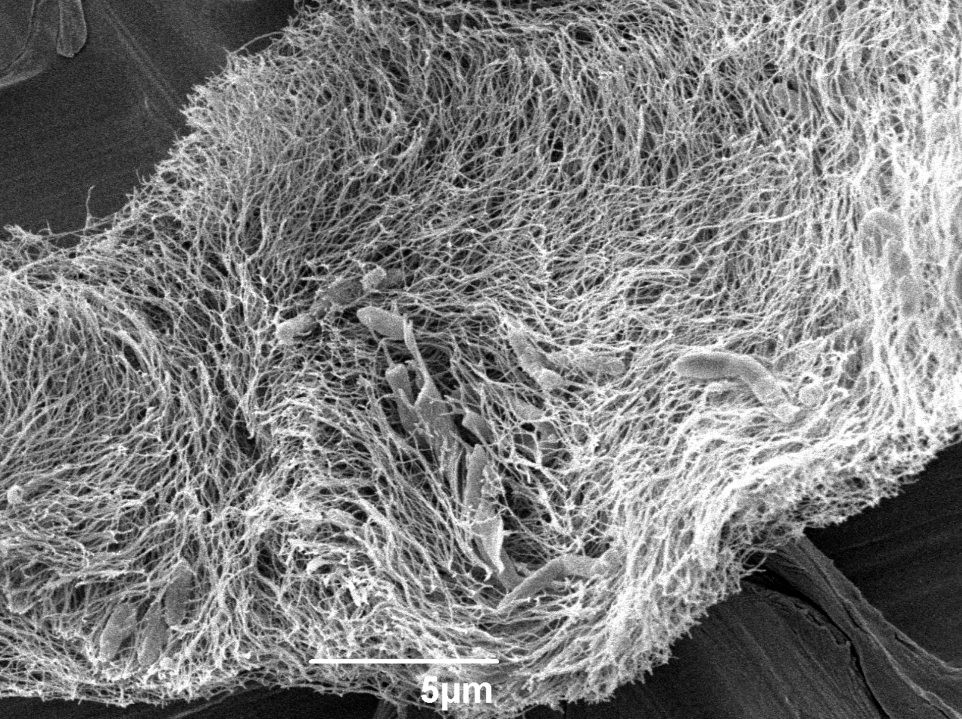
Cellulose in the laboratory microscope
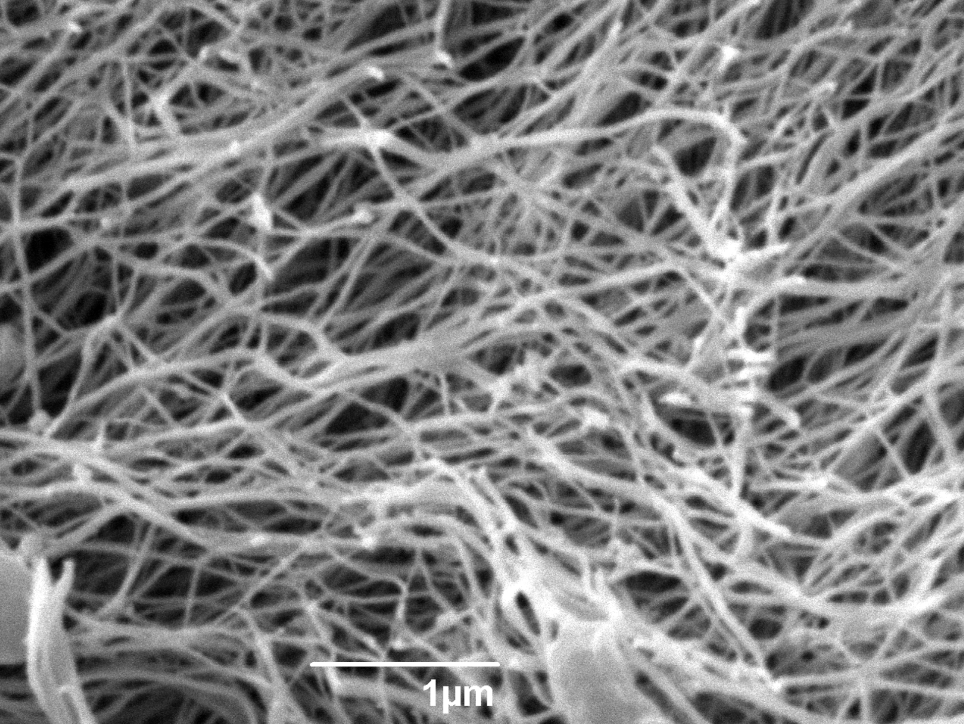
Cellulose in the laboratory microscope
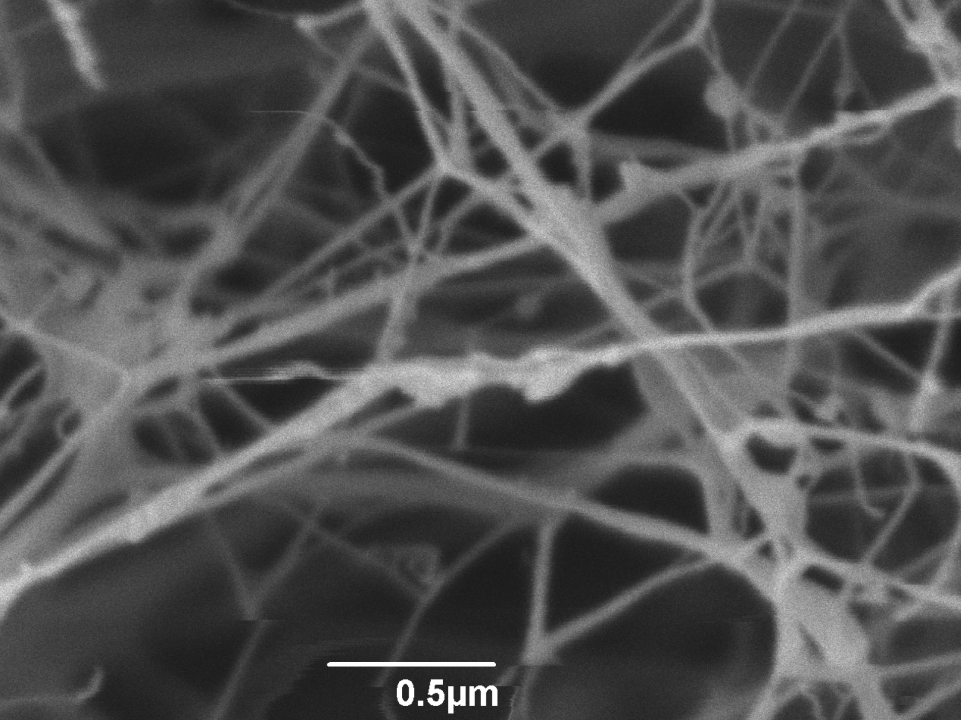
Cellulose in the laboratory microscope
Animation and Visual Design
Animation and Visual Design

Bacterial Cellulose made by Midjourney v4
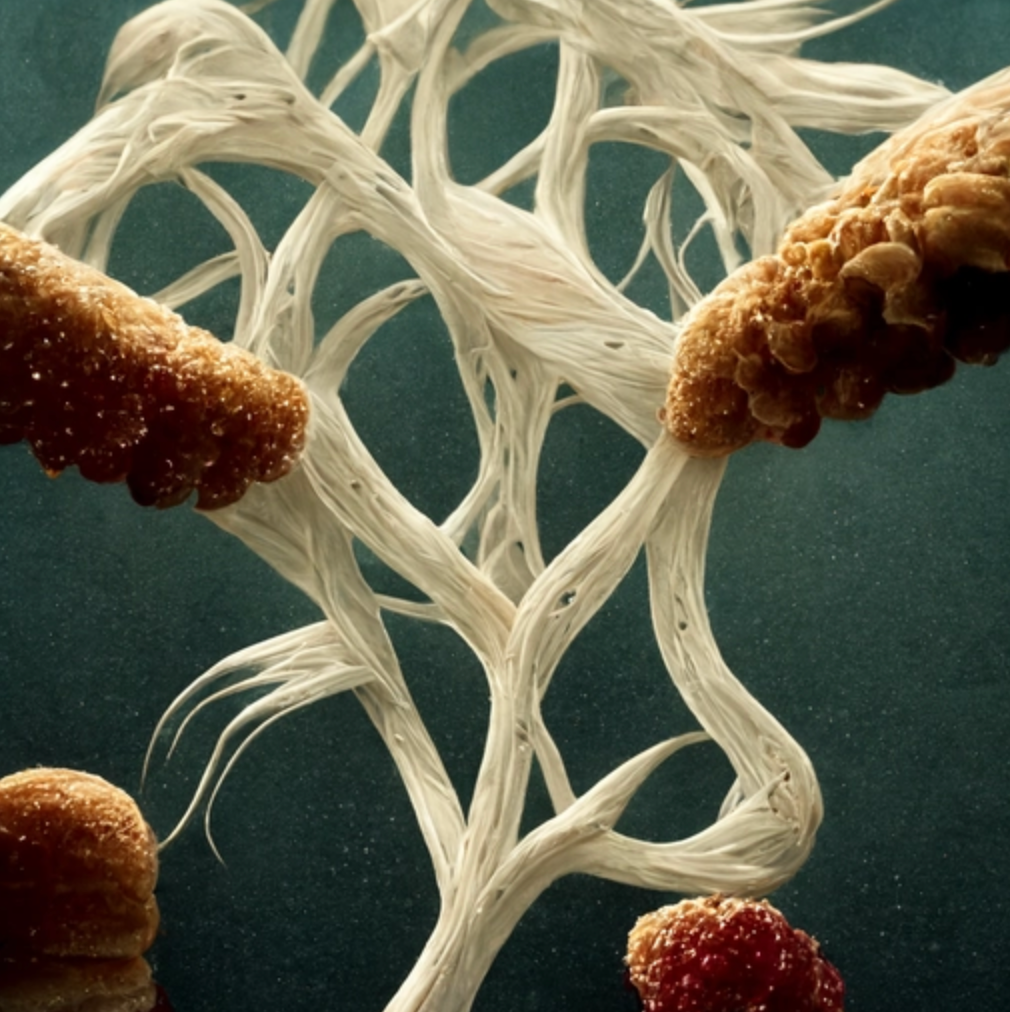
Bacterial Cellulose made by Midjourney v4
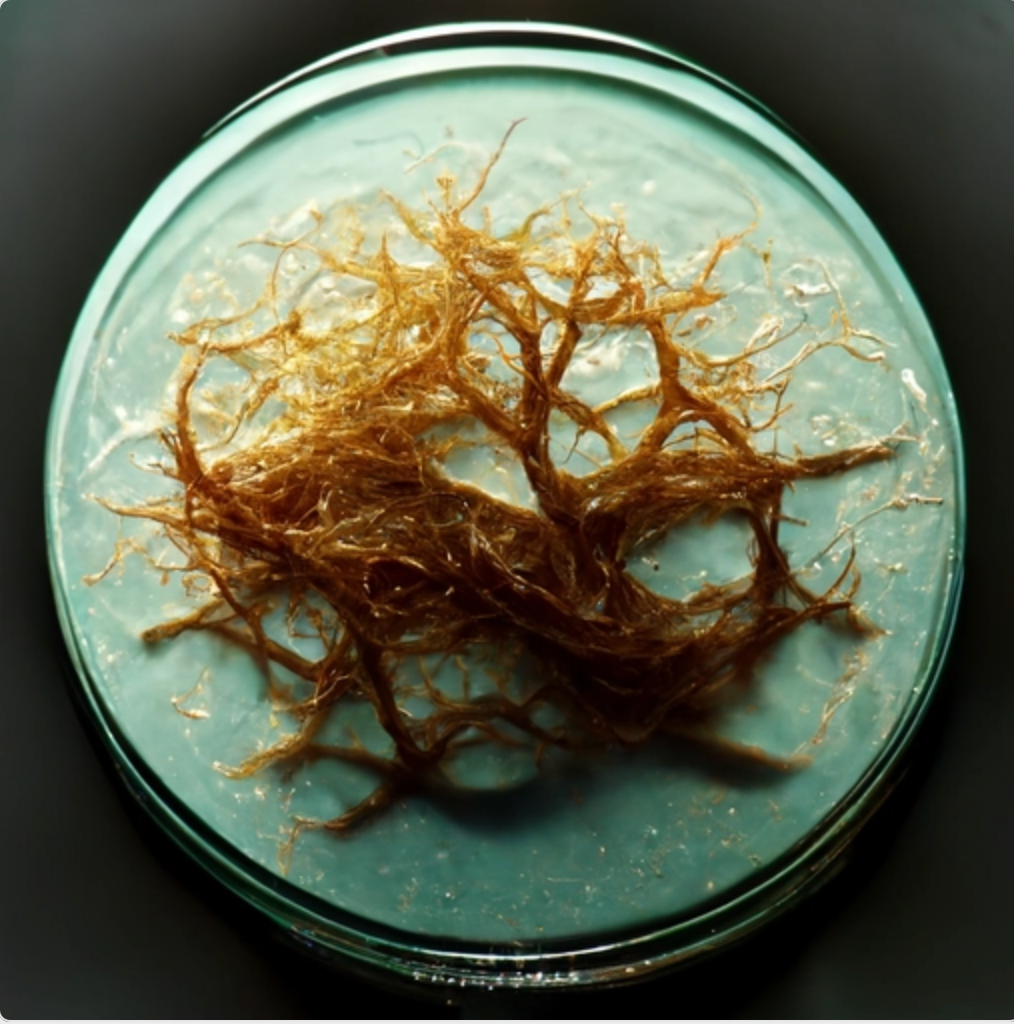
Bacterial Cellulose made by Midjourney v4
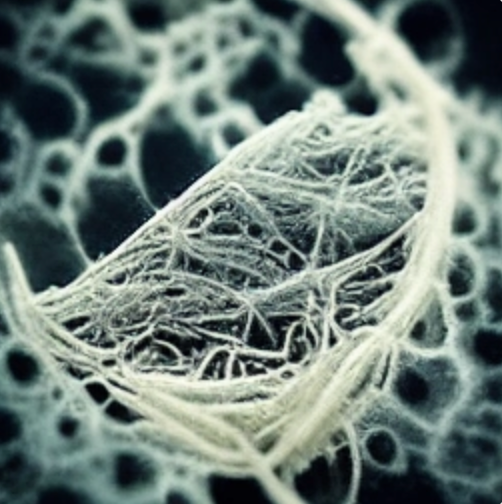
Bacterial Cellulose made by Midjourney v4
The chemical reactions of enzymes are visualized by Touchdesigner
The chemical reactions of enzymes are visualized by Touchdesigner
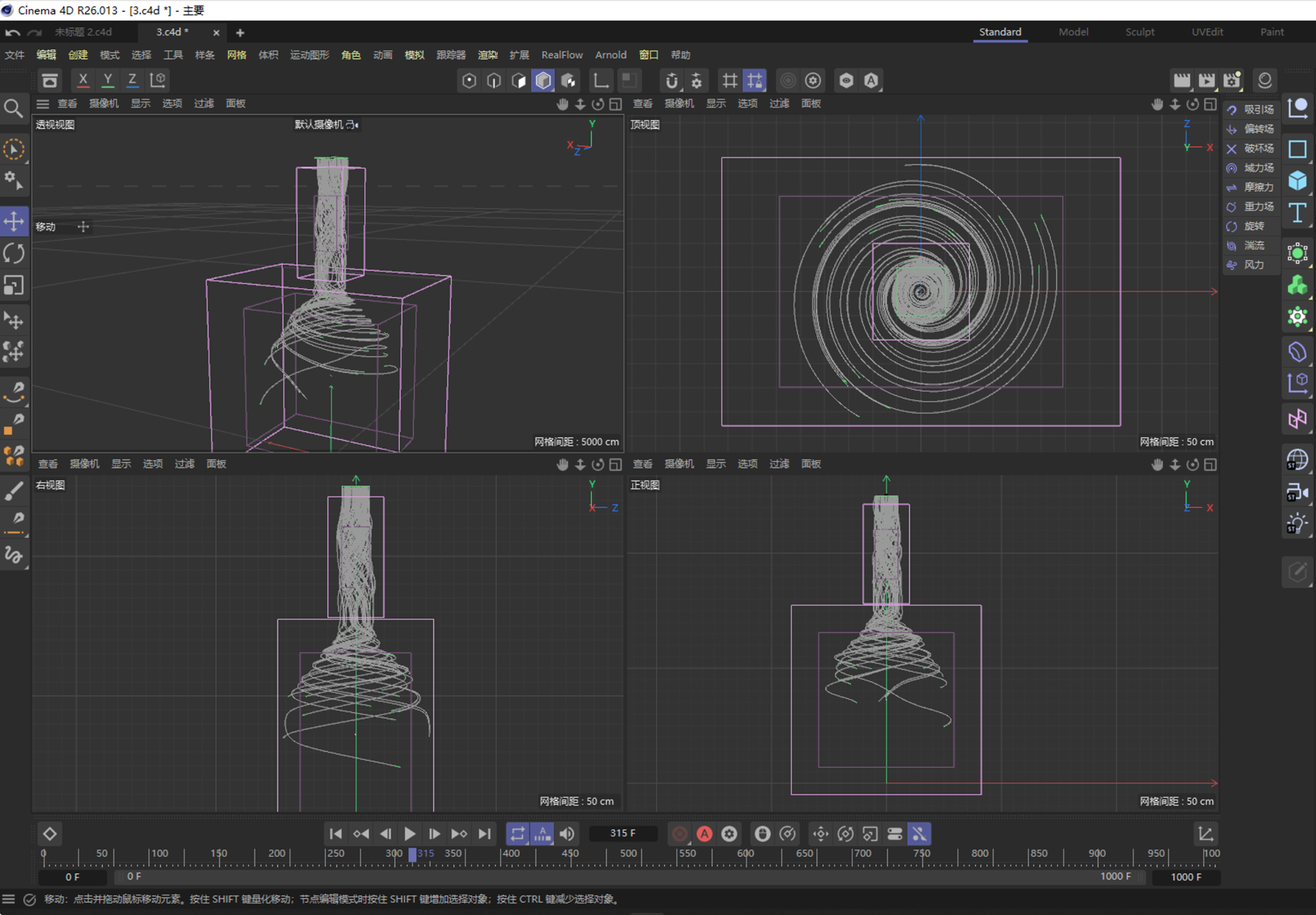
Fabric physics simulation animation (Cinema 4D)
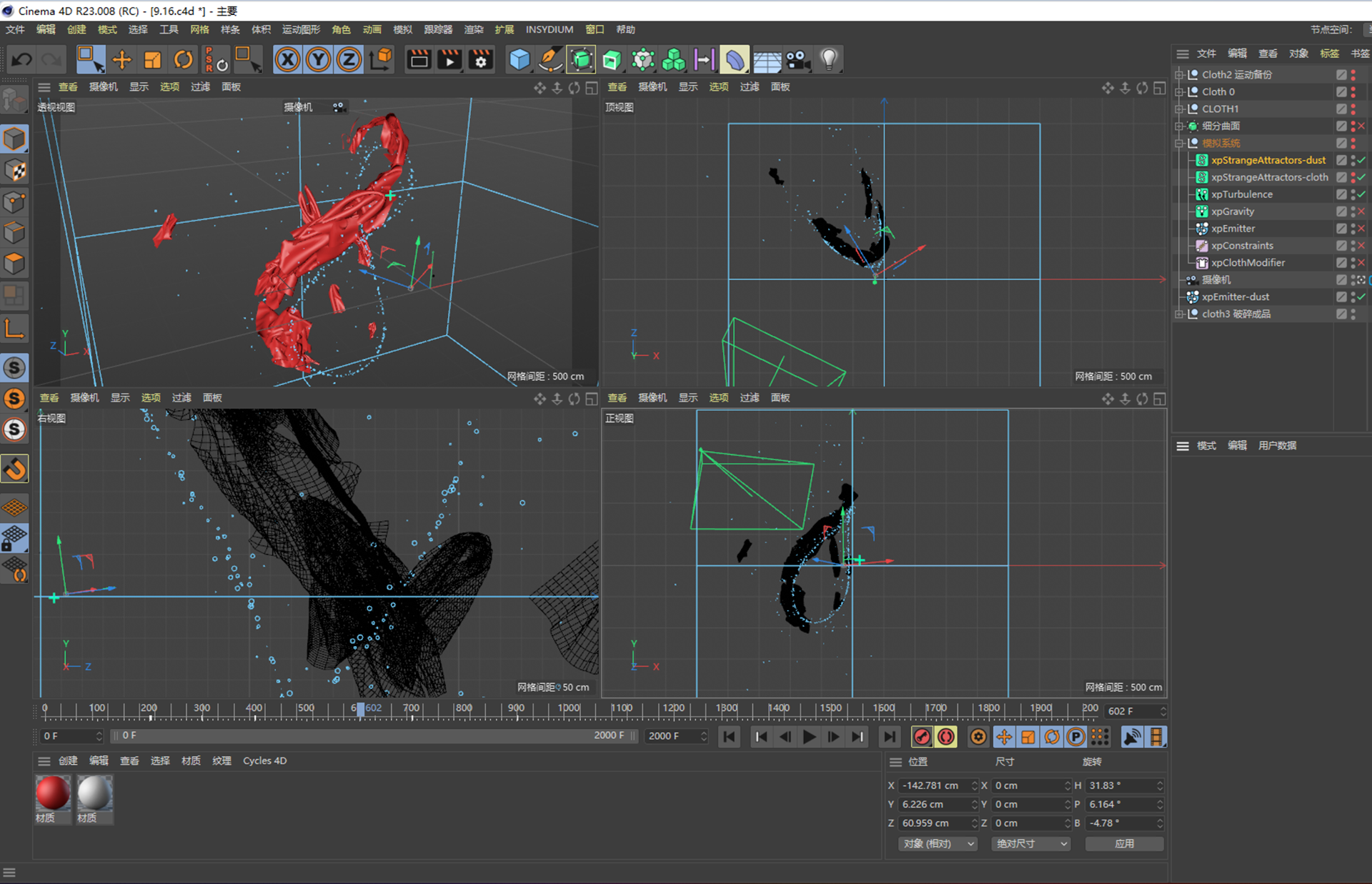
Fabric physics simulation animation (Cinema 4D)
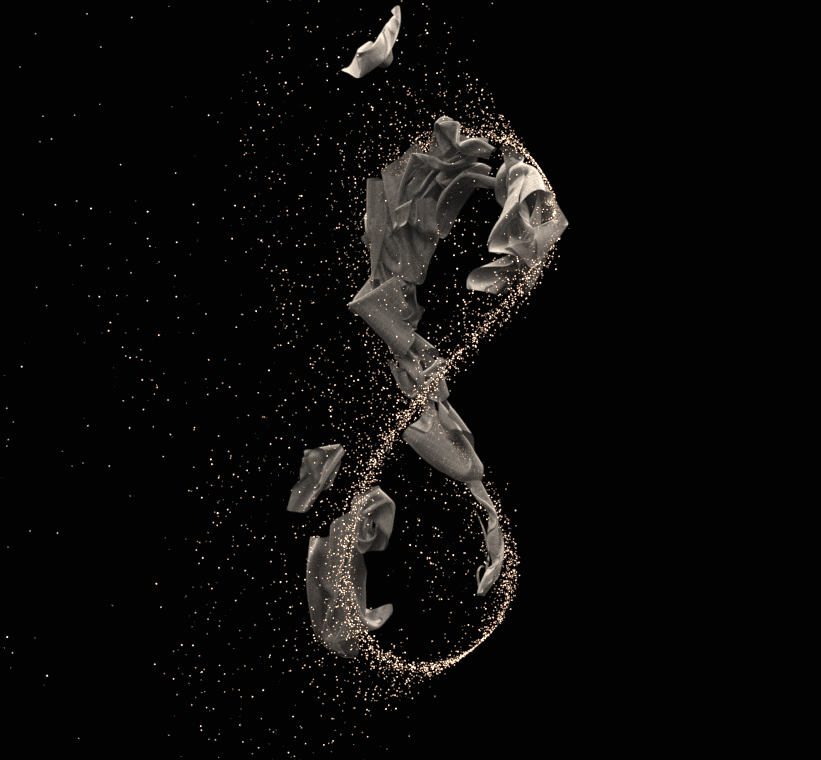
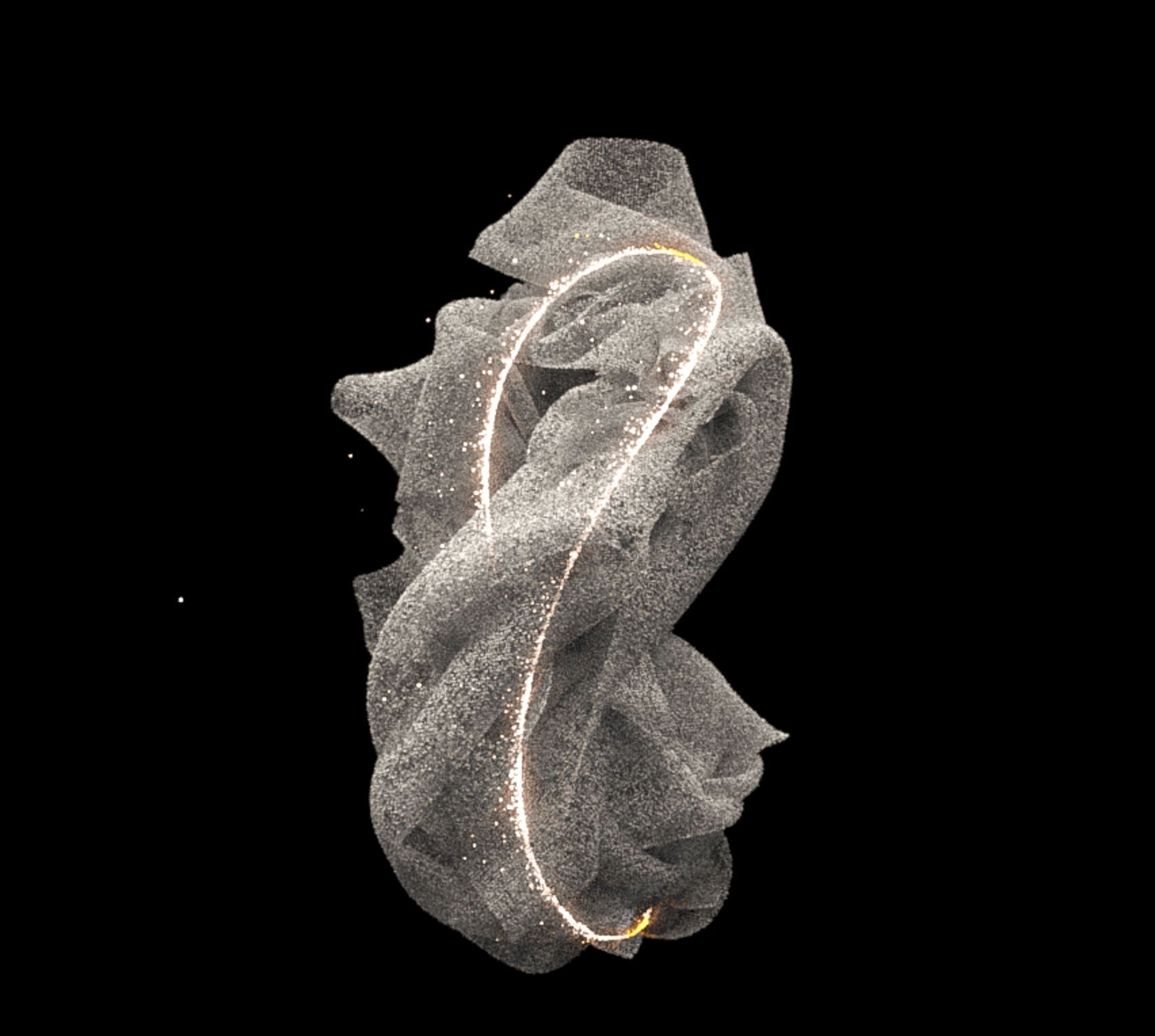

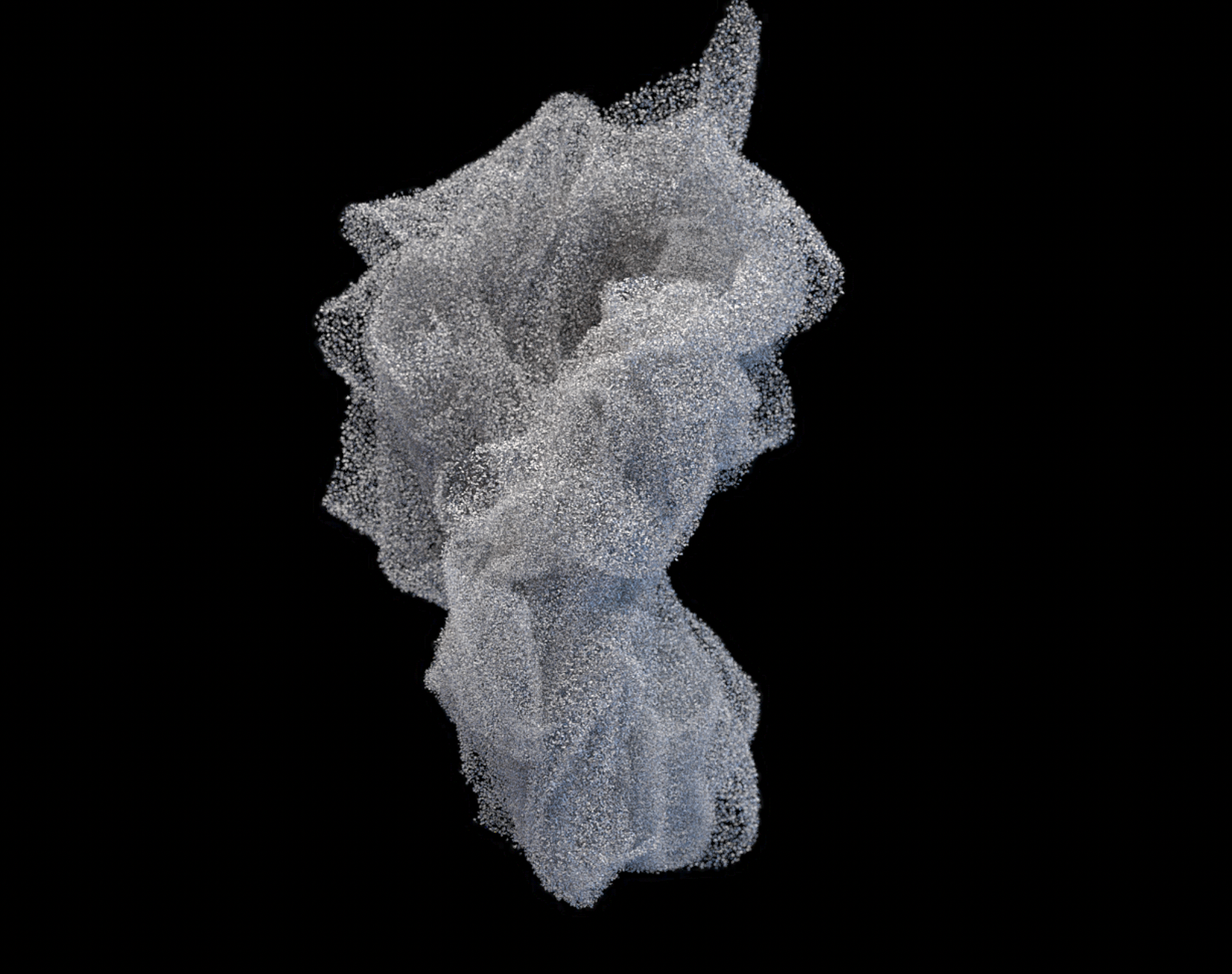
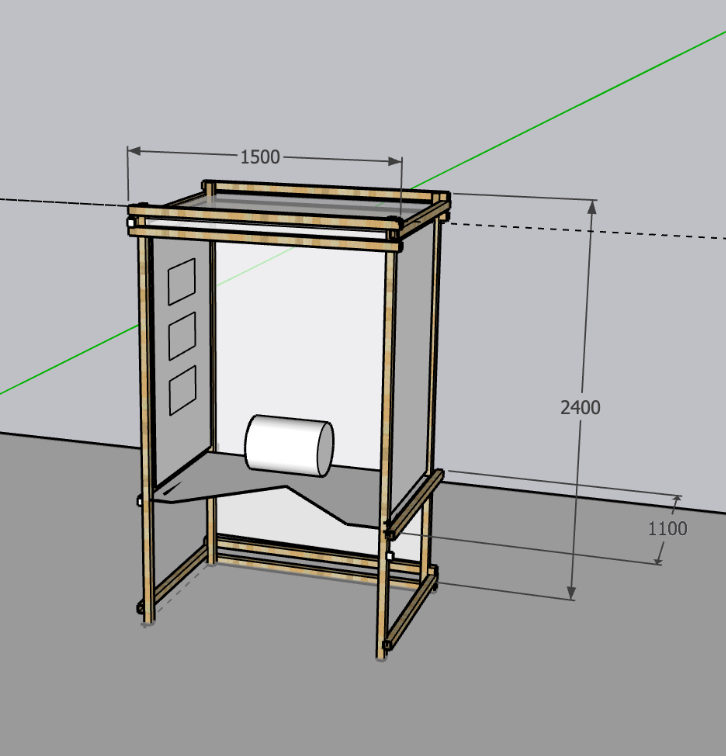
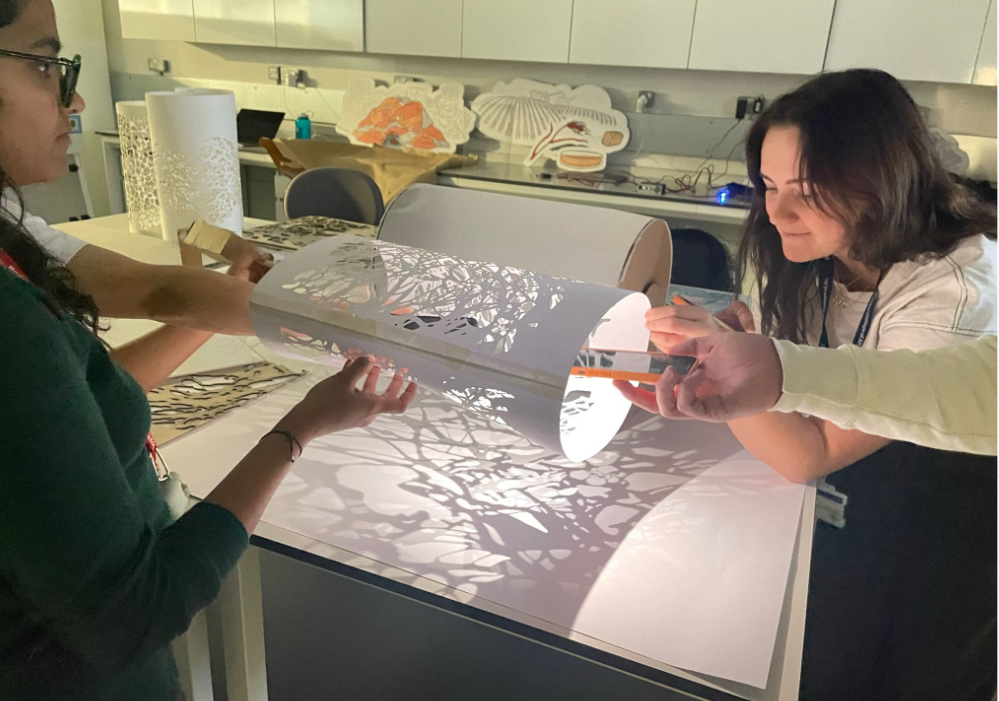
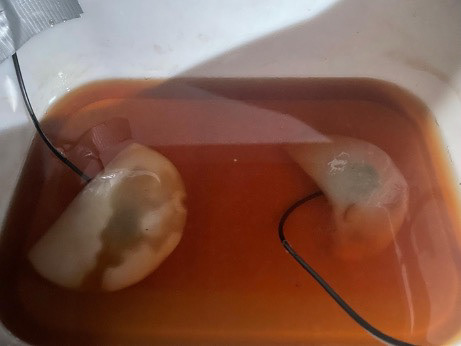

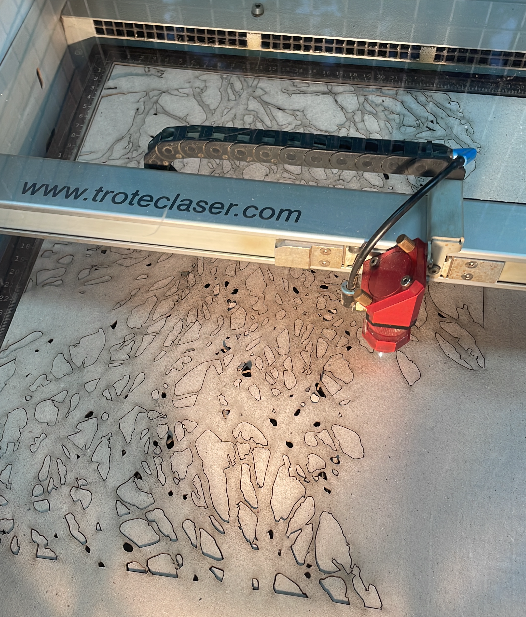

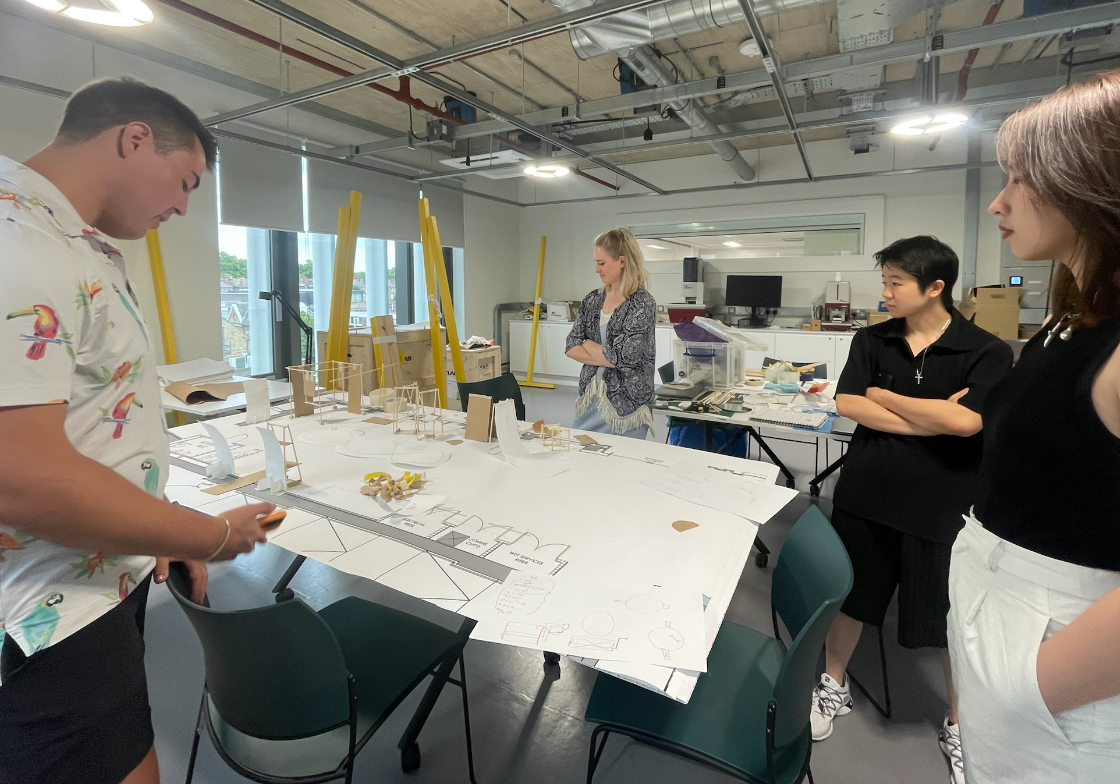
Interactive Visual
Design Outcome & Conclusions
The final installation, "Catalyst," invites the audience to participate in biological textile recycling. It features a tactile sculpture, a visual display of the fermentation process, and an evolving soundscape, forming a narrative where visitors play a catalytic role in sustainable textile practices.
The project's success is attributed to four pillars: technical comprehension, emotional engagement, agency, and mediation. Technical comprehension was enhanced through material engagement and diverse visualizations. Emotional engagement was achieved through immersive experiences, inducing awe and empathy. The agency was fostered by connecting audiences with scientific concepts and making them relatable. Mediation involves translating complex concepts for broader understanding by integrating different sensory techniques.
The interdisciplinary approach facilitated a deep understanding of the scientific process, positioning designers as mediators between science and the public. The "Catalyst" combines tactile, auditory, and visual elements, providing a multisensory experience and making complex science accessible and engaging. The project demonstrated the effectiveness of integrating different scales and sensory inputs in communicating complex processes.



